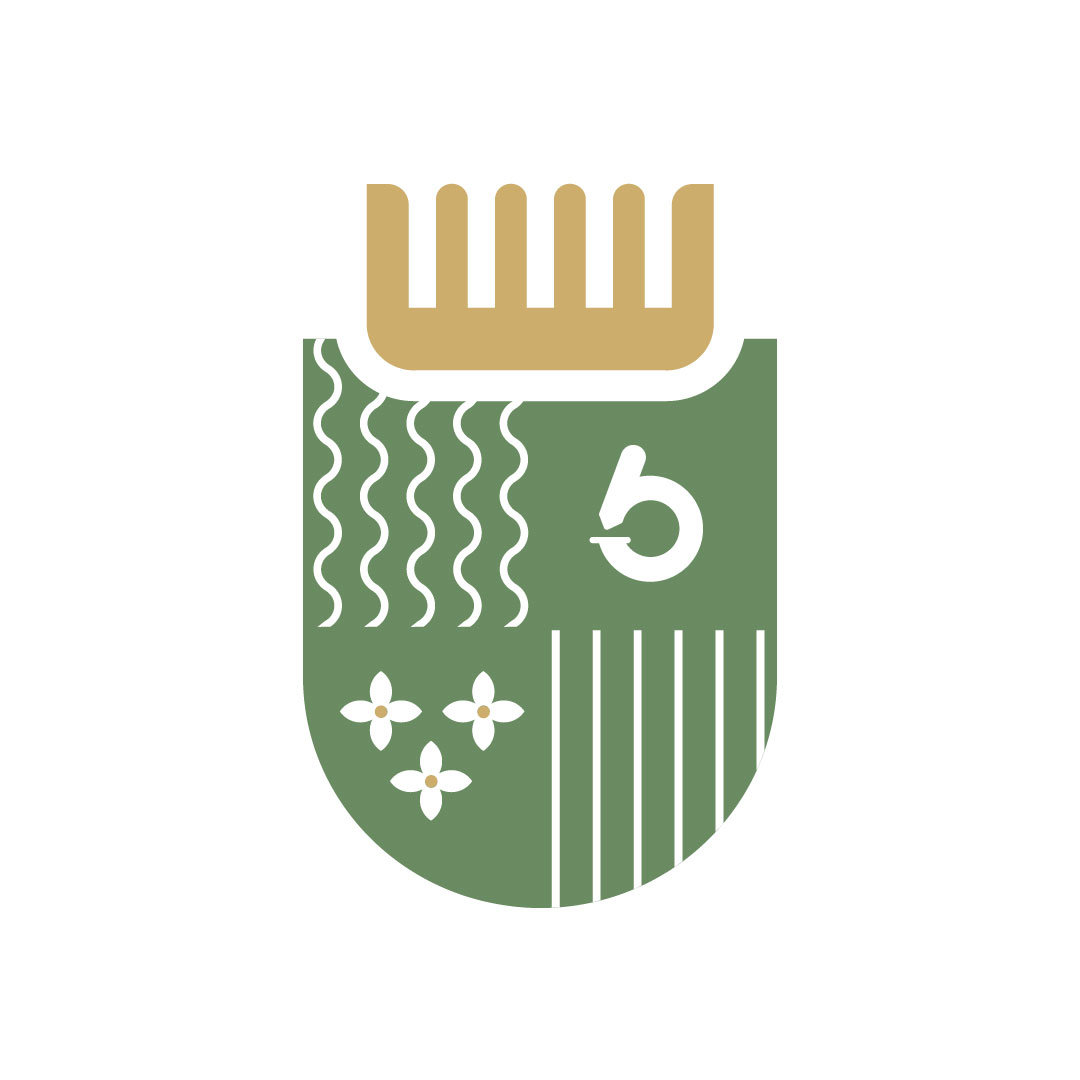Hair Textures, Shape and Diameter in Caucasian, African American and Asian Hair.
/in Uncategorized /by hairwiseHair Texture:
Hair texture refers to the thickness or diameter of individual strands and can be classified as fine, medium, or coarse. It influences how hair feels and behaves.
- Hair texture in Caucasian hair
In Caucasian hair, the texture can vary widely, but it generally tends to be straight or wavy. This texture is influenced by several factors:
- Hair Follicle Shape: The shape of the hair follicle in Caucasian individuals tends to be round or oval. This shape results in hair that grows relatively straight from the scalp, although some individuals may have naturally wavy hair.
- Cuticle Structure: The cuticle, which is the outermost layer of the hair shaft, lies flat in Caucasian hair. This smooth cuticle structure reflects light, giving the hair a shiny appearance and contributing to its smooth texture.
- Hair Diameter: Hair diameter is typically measured in micrometers (µm) rather than centimeters (cm), as it is a very small unit of measurement. Caucasian hair typically has a diameter ranging from approximately 50 to 100 micrometers (µm). This range encompasses both fine and medium thickness hair strands commonly found in individuals of Caucasian descent. Caucasian hair strands are typically of medium thickness. This diameter contributes to the overall texture of the hair, with finer strands appearing smoother and thicker strands appearing coarser.
- Genetic Influences: Genetic factors play a significant role in determining hair texture. While straight or wavy hair is more common in Caucasian populations, there can still be variation among individuals, with some having naturally curly or kinky hair.
- Environmental and Styling Factors: Environmental factors such as humidity and exposure to heat can affect the texture of Caucasian hair. Additionally, styling practices such as blow drying, straightening, or curling can temporarily alter the natural texture of the hair.
Overall, the texture of Caucasian hair is typically straight or wavy, with variations in thickness and curl pattern among individuals.
- Hair texture in African American hair
In African American hair, the texture is characterized by tight coils or curls, ranging from tightly coiled to loosely curled. Several factors contribute to the unique texture of African American hair:
- Hair Follicle Shape: The shape of the hair follicle in African American individuals is often more elliptical or flat compared to other ethnicities. This irregular shape results in hair that grows in a curved or coiled pattern rather than straight.
- Cuticle Structure: The cuticle layer of African American hair tends to be raised or irregularly shaped. This structure can make the hair more prone to dryness and damage but also contributes to the formation of curls and coils.
- Hair Diameter: African American hair typically has a diameter ranging from approximately 50 to 90 micrometers (µm). This range encompasses both fine and medium thickness hair strands commonly found in individuals of African descent. African American hair strands can vary widely in thickness, from fine to coarse. The diameter of the hair shaft influences the overall texture, with thicker strands contributing to a coarser texture and finer strands appearing smoother.
- Genetic Influences: Genetic factors play a significant role in determining hair texture in African American individuals. While tight coils and curls are more common, there can still be variation among individuals, with some having looser curls or even straighter hair.
- Environmental and Styling Factors: Environmental factors such as humidity can affect the texture of African American hair, with increased moisture leading to more defined curls. Additionally, styling practices such as braiding, twisting, or using chemical relaxers can alter the natural texture of the hair.
Overall, the texture of African American hair is characterized by tight coils or curls, ranging from tightly coiled to loosely curled. pattern among individuals. It is a unique and diverse texture that requires specific care and styling techniques to maintain its health and appearance.
- Hair texture in Asian hair.
In Asian women, hair texture varies widely but is generally characterized by straight or slightly wavy strands. Here are some key factors contributing to Asian hair texture:
- Hair Follicle Shape: The shape of the hair follicles in Asian individuals is typically round, resulting in hair that grows straight from the scalp. This round shape contributes to the overall smoothness and straightness of Asian hair.
- Cuticle Structure: The cuticle layer of Asian hair tends to lie flat, giving the hair a smooth and shiny appearance. This flat cuticle structure reflects light well, enhancing the hair’s luster and contributing to its sleek texture.
- Hair Diameter: Asian hair typically has a diameter ranging from approximately 50 to 70 micrometers (µm). This range encompasses both fine and medium thickness hair strands commonly found in individuals of Asian descent. Asian hair strands often tend to be thicker compared to Caucasian hair. This thicker diameter can contribute to the strength and resilience of Asian hair.
- Hair Color: Asian hair is commonly dark, ranging from dark brown to black. The melanin pigment in the hair contributes to its color and can also affect its texture.
- Genetic Influences: Genetics play a significant role in determining Asian hair texture. While straight or slightly wavy hair is more common, there can still be variation among individuals, with some having naturally curly or kinky hair.
- Environmental and Styling Factors: Environmental factors such as humidity can affect the texture of Asian hair, with increased moisture potentially causing slight waves or frizz. Additionally, styling practices such as blow drying, straightening, or curling can temporarily alter the natural texture of the hair.
Overall, the texture of Asian women’s hair is typically straight or slightly wavy, with variations in thickness and color among individuals. Proper care and styling techniques can help maintain the health and appearance of Asian hair.






